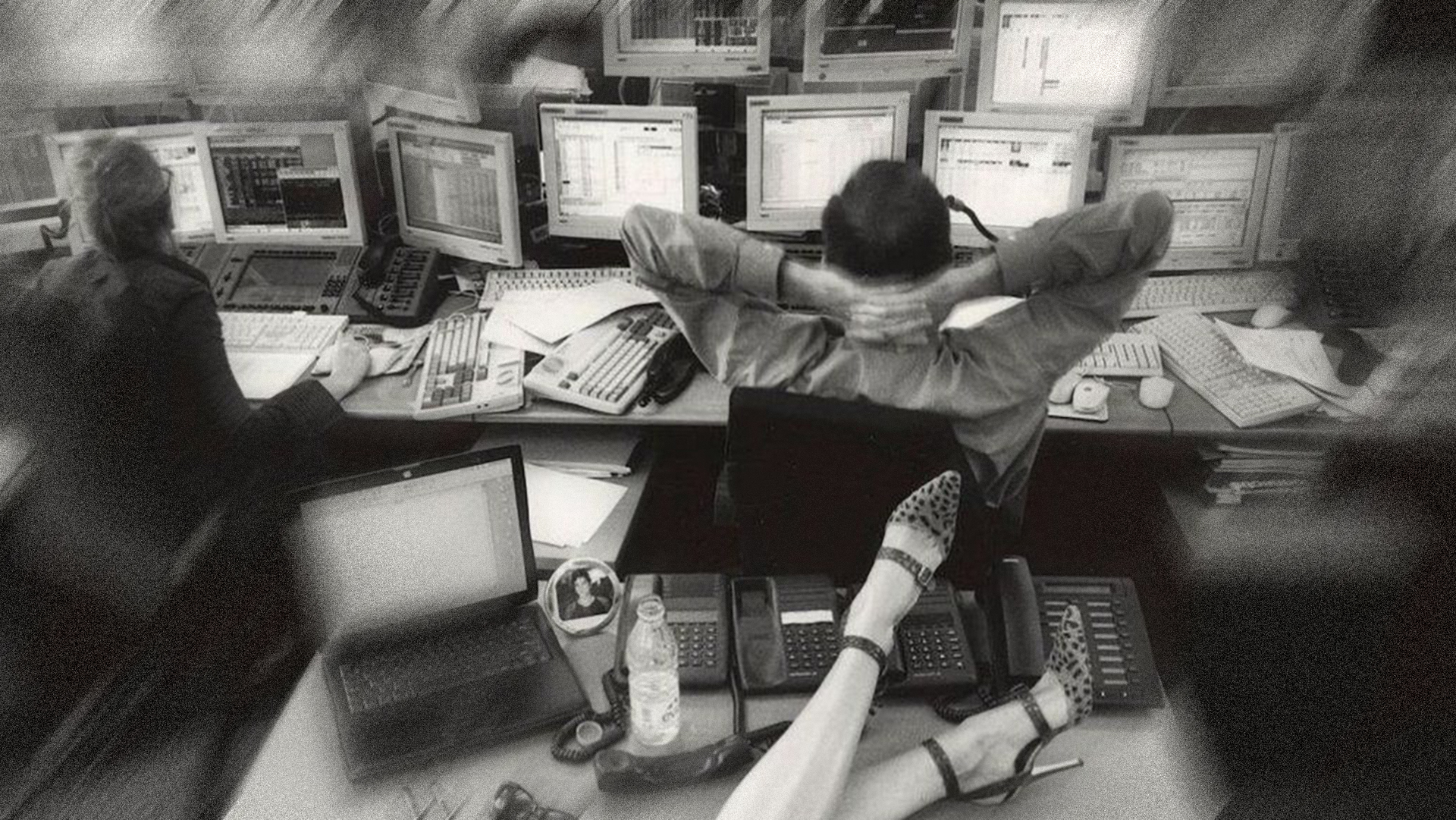Podcast
Editorial desk: The human touch in the new creative economy
In this first episode of our new Editorial Desk format, the Scandinavian MIND team reflects on how AI is reshaping the creative process, and what that means for strategy, design, and taste.

26 Sep 2025
As AI tools become more embedded in creative workflows, what happens to intuition, craft, and authorship? In this behind-the-scenes episode, we discuss recent articles and interviews published by Scandinavian MIND. The conversation touches on emerging design practices like vibe coding, the rise (and limits) of prompting, and why Nordic creatives continue to emphasise human-centric strategy.
In this conversation, we talk about:
- How AI challenges the role of human intuition in design and storytelling
- Why creativity is becoming a shared task between humans and machines
- What brands and creatives must do to stay relevant in an age of algorithmic discovery
With:
Konrad Olsson, Editor-in-Chief and Founder
Erik Olofsson-Havikko, Co-Founder and Creative Director
Louise Holmström, Editorial Assistant
Key takeaways
- Vibe coding tools are evolving — but not enough to replace human taste
The team discussed how emerging AI tools can produce functional design work, but that creative excellence still relies on human judgment, empathy, and taste.“ Let’s say you get to good enough by vibe coding… the world is gonna be filled with good enough. And in order to make something remarkable… you need classic designer qualities”, said Erik Olofsson-Haavikko
- Prompting is a new creative skill — but not a standalone role
Prompting is recognised as a skill, but the group agreed that strategy and taste must guide its use. AI expertise alone doesn’t replace creative intuition. “Everyone think we need prompt engineers — rubbish. We need people with taste.” – Robert Scotland
- AI is saving time and redirecting it toward deeper research
Louise reflected on how brands are using AI to streamline research, giving creatives more time for insight-driven work like ethnographic studies. “You can be more efficient… that time can be done in a select amount of weeks. And then the rest of the time can be used to really get to know your audience.”
- Good design still needs a creative director’s eye
Even as tools improve, the need for someone to curate, direct, and decide what feels right remains critical in creative processes.“ You have to be in charge of the creative excellence or the output. You have to know when something is on brand.” – Konrad Olsson
- Human-centric thinking remains the core of creative strategy
Despite increased automation, all interviewees in Louise’s article agreed that human values, taste, and perspective are still central to meaningful creative work. “It is the human that can do it and say it and has the judgment of it all. So it’s all about staying human-centric.” – Louise Holmström